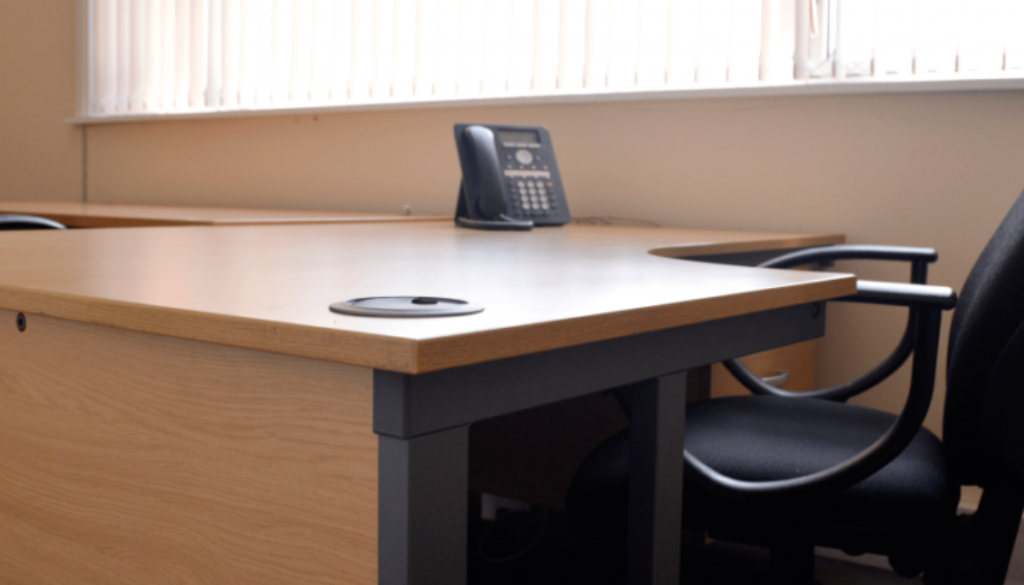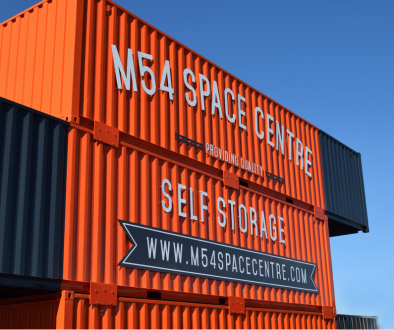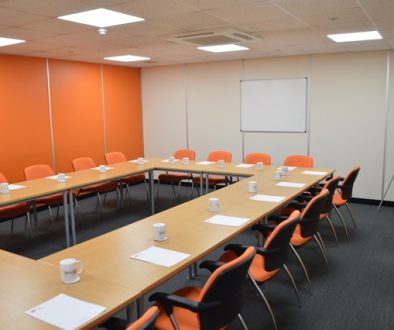Your go to checklist for moving office space
Moving offices can be an exciting step for any business, but it can become overwhelming. Whether you’re moving to a larger space or moving to a better location, having a clear checklist can make all the difference. Having a well-organised approach can ensure everything is on track and you are up and running as quickly as possible.
Set a clear moving timeline
A clear timeline is vital for keeping the office on track. I would recommend planning at least 3 to 6 months in advance to allow enough time for organising and notifying any stakeholders.
Here’s how to break it down:
- 3–6 Months Before: Appoint a project manager or team to oversee the process. Create a detailed timeline with key deadlines.
- 2–3 Months Before: Start notifying stakeholders, reviewing contracts, and arranging service providers.
- 1 Month Before: Finalise all logistics, confirm moving dates, and begin packing non-essential items.
Create a realistic budget
Moving costs can very quickly escalate if not properly managed. Establishing a budget early on will help to control expenses and avoid unpleasant surprises.
Costs to consider:
- Professional movers and packing services
- IT setup at the new location
- Cleaning for both the old and new offices
- Updating signage, stationery, and marketing materials
It is always sensible to factor in a buffer for any unexpected expenses to ensure you’re prepared for any last minute changes.
Notify stakeholders
-
Keeping clients, suppliers and partners up to date is essential to maintaining trust and avoiding any unnecessary disruptions.
Here’s a checklist of who to inform:
- Clients: Send out emails, newsletters, or personal messages with your new address and moving dates.
- Utility Providers and Service Vendors: Arrange for disconnection and reconnection of essential services.
- Banks, Insurance, and Government Bodies: Update your address to avoid any communication lapses.
Additionally, set up mail redirection to ensure you don’t miss any important correspondence during the transition.
Audit and declutter
An office move is the perfect chance to declutter and assess what you really need in your new office space.
Consider the following steps:
- Furniture and Equipment: Decide whether to move, donate, or dispose of items that no longer serve your business.
- Documents and Files: highlight important paperwork and securely dispose of unnecessary documents.
- Office Supplies: Reduce clutter by reviewing office supplies and disposing of outdated or unused materials.
Decluttering not only simplifies the move but also ensures your new space starts off organised and efficient.
Plan your new office layout
-
A well-planned office layout can help boost productivity and promotes a positive work environment.
Key considerations:
- Seating Arrangements: Assign workstations and create collaborative zones to suit your team’s needs.
- Meeting Rooms and Break Areas: Designate spaces for meetings, breaks, and informal gatherings.
- Future Growth: Leave room for expansion and accommodate any expected team growth.
Create a detailed floor plan to guide movers and ensure a smooth setup on moving day.
Coordinate IT and telecommunications
-
Minimising downtime during an office move is reliant on careful coordination of IT systems and telecommunications.
Here’s how to ensure a seamless transition:
- Backup All Data: Protect critical information by creating backups before dismantling equipment.
- Schedule Internet and Phone Line Transfers: Plan this well in advance to avoid service interruptions.
- Test Systems Before Employees Move In: Ensure everything is running smoothly before your team arrives.
Additionally, review your security systems and access controls to safeguard sensitive information.
Update your address across all platforms
-
Updating your business address ensures seamless communication and can prevent any confusion after the move.
Examples of where you will need to updated your address:
- Website and Social Media Profiles
- Google My Business and Online Directories
- Email Signatures and Marketing Materials
- Stationery, Business Cards, and Company Documents
Double-check these updates to ensure consistency across all touchpoints.
Prepare your team for the move
-
A well informed and engaged team will make the moving process much smoother.
To keep your staff in the loop:
- Share updates about the move, timelines, and expectations.
- Involve team members in packing and organising to streamline the process.
- Provide packing materials for moving personal workspaces.
A smooth transition keeps morale high and reduces disruption to daily operations.
Conduct a final walk-through
-
Before officially handing over the old office, conduct a thorough walkthrough to ensure that everything is in order.
Checklist for the final walkthrough:
- Check for damage or maintenance issues
- Ensure all items have been moved
- Return keys and access cards to building management
This final step ensures a clean handover and protects your deposit or lease obligations.
Moving office space doesn’t have to be stressful. With careful planning, clear communication, and a detailed checklist, you can ensure a smooth transition that minimises downtime and sets your business up for success. At M54 Space Centre we have a range of flexible office space rental options available. Together, we could have your business up and running immediately, with furnished, fully serviced office space. We also offer indoor storage solutions to help with the transition.



